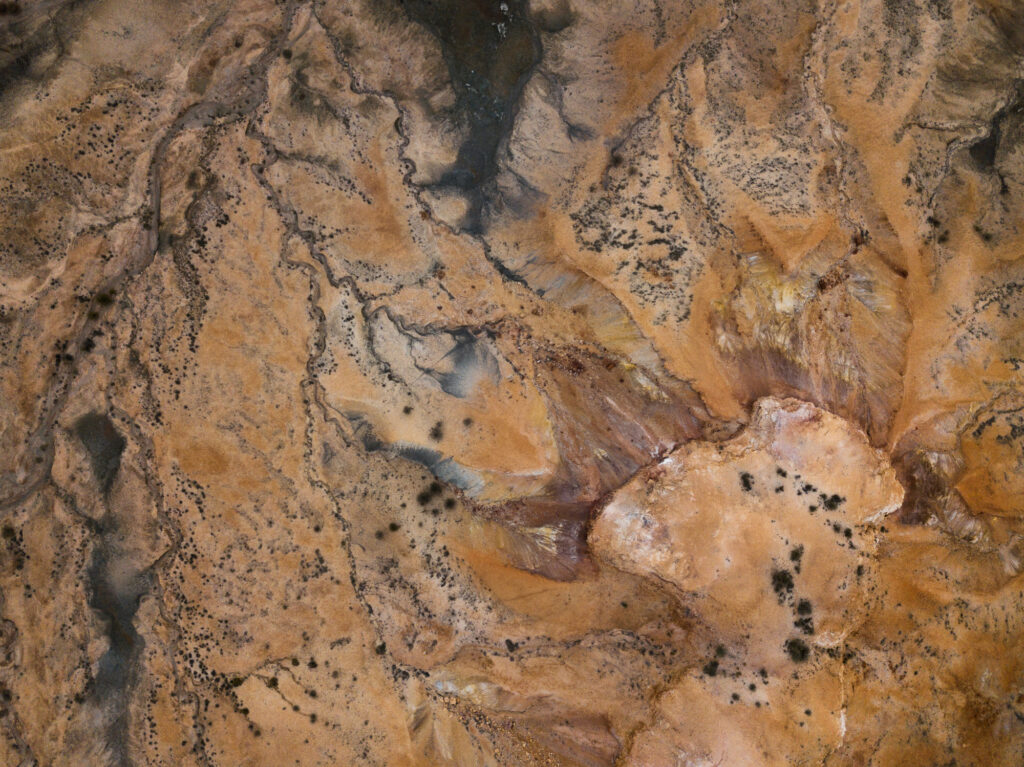are earth elements (REEs) are one of the few investments that mix global politics, cutting-edge technology, and long-term growth potential.
What are rare earths?
Rare earth elements are a group of 17 metallic elements that, despite the name, are not particularly rare but are difficult and costly to refine. Their unique properties are essential in the powerful magnets that drive electronic devices such as headphones, speakers and computers, as well as wind turbine generators, electric vehicles and medical technologies like magnetic resonance imaging (MRI).
Production and processing
Reserves are one thing, but production and processing are what make the difference for investors.
Australia’s strategic position
The deal recently signed in Washington (the US-Australia Framework for Securing Supply of Critical Minerals and Rare Earths) commits both countries to investing at least US$1 billion each over the next six months to accelerate mining, processing and supply chain development for critical minerals.
Two of the projects were announced by Prime Minister Albanese after his recent meeting with US President Trump.
One project, the Alcoa-Sojitz Gallium Recovery project in Western Australia, is expected to provide up to 10% of the total global gallium supply, which is essential for defence and semiconductor manufacturing.
A recently announced third project, Astron Corporation’s Donald Rare Earth and Mineral Sands project in western Victoria, is expected to become the world’s fourth-largest rare earth mine outside China.
The landmark Australia-US deal is a response to China’s dominance in the rare earths market and Beijing’s recent export restrictions on rare earths, which have left many nervous about vulnerabilities in the supply chains for defence and high-tech sectors.
Investment opportunities and risks
For some investors, rare earths may be seen as a long-term opportunity given a prediction by the International Energy Agency that demand could double by 2040.
There are several ways to invest including:
- Directly in ASX-listed companies such as Lynas Rare Earths (LYC), Arafura Rare Earths (ARU) or Iluka Resources (ILO)
- Through exchange traded funds (ETFs) or managed funds that offer exposure to rare earths miners and processors
- In private equity and venture capital. For high-net-worth investors, early stage mining and processing ventures may offer high risk, high reward potential
While there are risks worth considering, such as geopolitical shifts, environmental changes, market influence from China, being aware of these factors allows investors to approach rare earths with greater insight and preparedness.
In any case, patience will be required. Mines can take as long as seven years to become operational.
Next steps
Rare earths remain a developing sector with strong long term potential, driven by their importance across key industries. While share prices can be sensitive to global events and policy shifts, informed investors can navigate these market fluctuations with confidence.
There is a lot to consider when weighing up investment opportunities. Speak with your local Nexia Adviser today to review your investment strategy and navigate with confidence.







